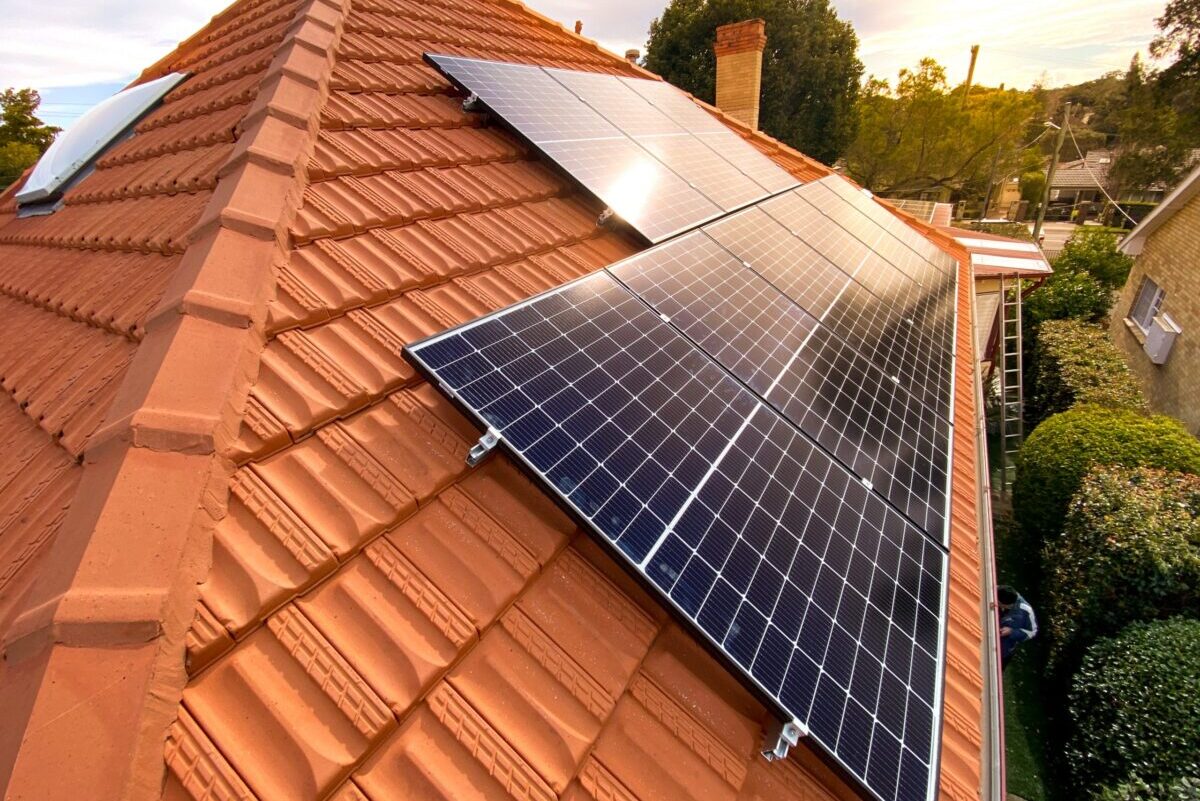You’ve come to the right place if you’re searching for a beginner’s guide to solar energy. On this page, we’ll go over the fundamentals of photovoltaic panels and show you where to begin if you want to install a solar power system.
What exactly is solar power?
Solar energy is a renewable energy source derived from the sun that manifested as radiated light and heat. We can transform energy from the sun’s rays into usable electricity via a process known as the photovoltaic effect.
What components form a solar energy system?
To create your own electricity, you’ll need a complete solar energy system, which comprises three basic components: solar panels, an inverter, and racking. Depending on your circumstances, you may also require a way to store the energy provided by the panels.

How is the efficiency of solar panels determined?
The efficiency rating is a measurement of how much of the sun’s potential energy is transformed into solar energy. Don’t get too worked up over panel efficiency. The only true advantage of higher efficient panels is that they can accommodate more solar with less footprint.
What is the purpose of an inverter?
Solar panels provide direct current (DC), however, most household appliances require alternating current (AC). As a result, the inverter effectively converts the energy you create into a form that can run your electrical network.
Can I install my own solar energy system?
Most solar modules are plug-and-play, which means that each cable connects to a specific connector. The most tricky part is making the final electrical connection to the main switchboard, which is why some DIYers prefer to hire a certified electrician.
